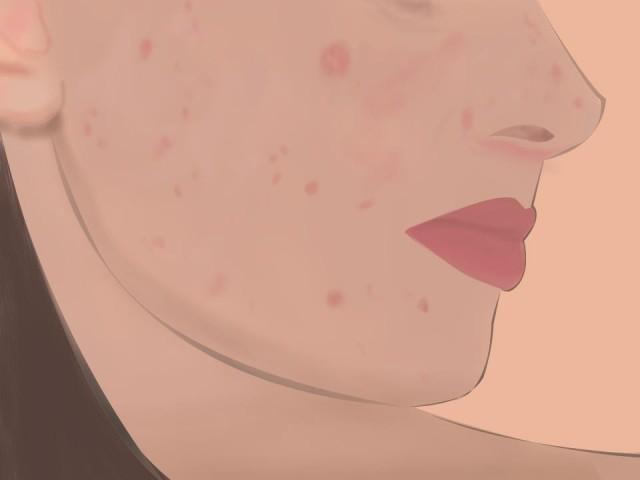What causes adult acne?
As if adulting wasn’t difficult enough, here you are 27 (and beyond) still dealing with breakouts. Why does it strike some and not all — you and not your frenemy? Take comfort in knowing that it happens to more people than you think.
Oscar S.D. Grino, Jr. MD, Dermatologist at Derm & Beyond Skin and Aesthetic Center, says that adult acne is in fact common in 30% to 40% of adults. “Even adults in their 50’s can still have acne.” Dr. Recio states that about 35% of the cases who are affected by acne as adults are women.
What causes adult acne?
According to Windie Villarica-Hayano, MD, Managing Director of Skin Inc Dermatology and Laser Center, a woman’s fluctuating hormones can be brought about by the changes in the body, like Polycystic Ovarian Syndrome (PCOS), menopause, peri-menopause, or the physiologic drop of hormones before your period — explaining why a pimple or two sometimes pops out in otherwise clear skinned ladies around their time of the month. “Most likely the discontinuation of oral contraceptive pills can also contribute to acne,” she adds.
According to Dr. Kyla Talens, an Aesthetic Dermatologist at Skin Philosophie in Bonifacio Global City in Taguig, there are four primary causes of acne: increased sebum or oil production by the sebaceous glands, build up of dead skin cells that clog up the pores, bacteria, and inflammation.
In case you were wondering, yes, stress is a factor, too! Dr. Grino says, “Stress can cause acne breakouts, because our bodies produce more androgens, which stimulates the oil glands to produce more oil [which causes] acne.”

Another thing that causes acne? Yanne Vasquez MD, Medical Director at Aesthetic Science Clinic – Clinic for Cosmetic Dermatology and Plastic Surgery, says that along with your stress levels, your diet and plain genetics are factors.
“Genetic predisposition can be a factor in the development of acne as well as lifestyle practices. People who consume a lot of dairy and those with a high-glycemic — increase in carbohydrates and sugar diet — tend to develop adult acne as compared to those who do not take dairy and follow a low-glycemic diet. Stress due to work, family and relationships can also make one predisposed to adult acne,” she explained.
Adult acne explained
It’s quick to think that the big red pimple is the only type of acne there is, but there are others that appear on the skin. Donna Geraline Cruz MD, Aesthetic Dermatologist at the DKC Skin and Wellness Clinic, defines acne as a “common inflammatory disease of the hair follicle and its oil gland. It comes in many forms, from a small red bumps called papules, bump with a pus or pustules, to a large inflamed lumps, called nodules or cysts.”
Red Recio MD, Dermatologist and Founder of Rederm Medical Center, gives the following classifications. “Acne is classified as mild with only the presence of comedones. It is moderate, when there are pustules and little cystic acne. It is severe, when there is predominance of cystic and nodulo cystic acne. Adult Acne is large, tender, red bumps that are usually mistaken for allergic skin reactions or perioral dermatitis.
Dermatologist Winlove Mojica MD, says that acne in adults may look similar with acne in teens. “In general, acne is common on the face, although sometimes the chest, back, and even the arms may be involved. In adults, the pimples are located more on the jaw line.”
Anj Aguilar MD, PAPSHPI, an Aesthetic Dermatologist at the AnjMD Aesthetic Dermatology Clinic goes on to say that adult acne as a “chronic inflammatory disease of the oil-producing gland occurring beyond the age of 25. The clinical manifestation of adult acne is characterized by deep seated, painful lesions.”
It's advisable to consult with your doctor — especially for extreme cases — but there are remedies available, which will be discussed in an upcoming article. — AT, GMA News



